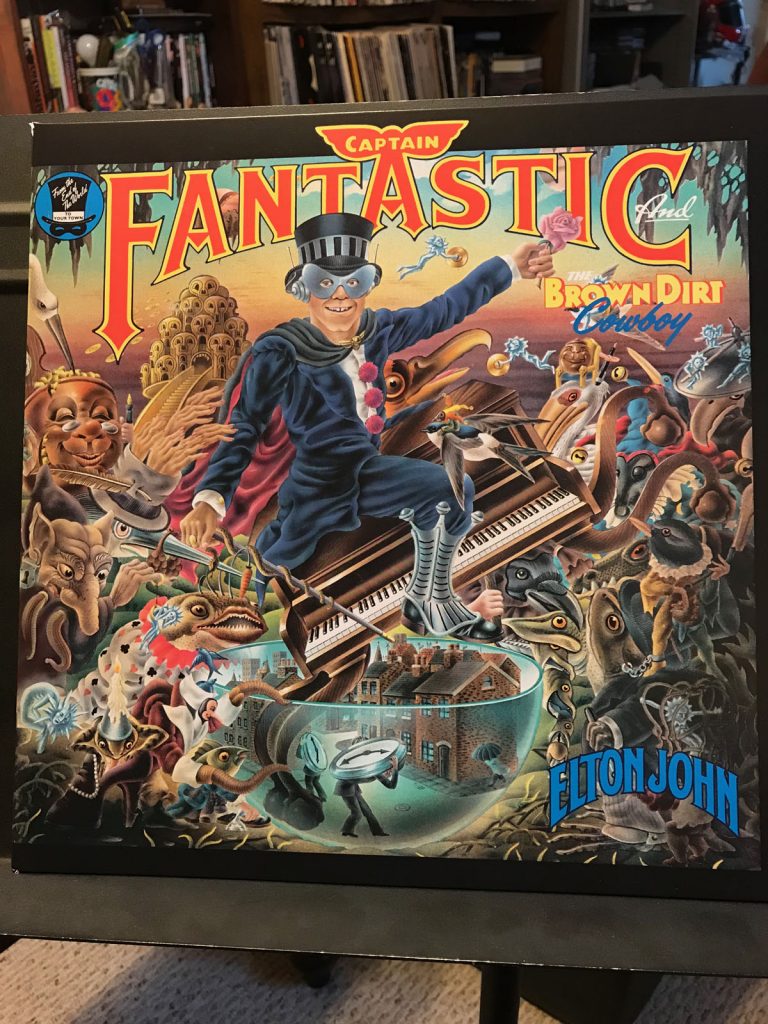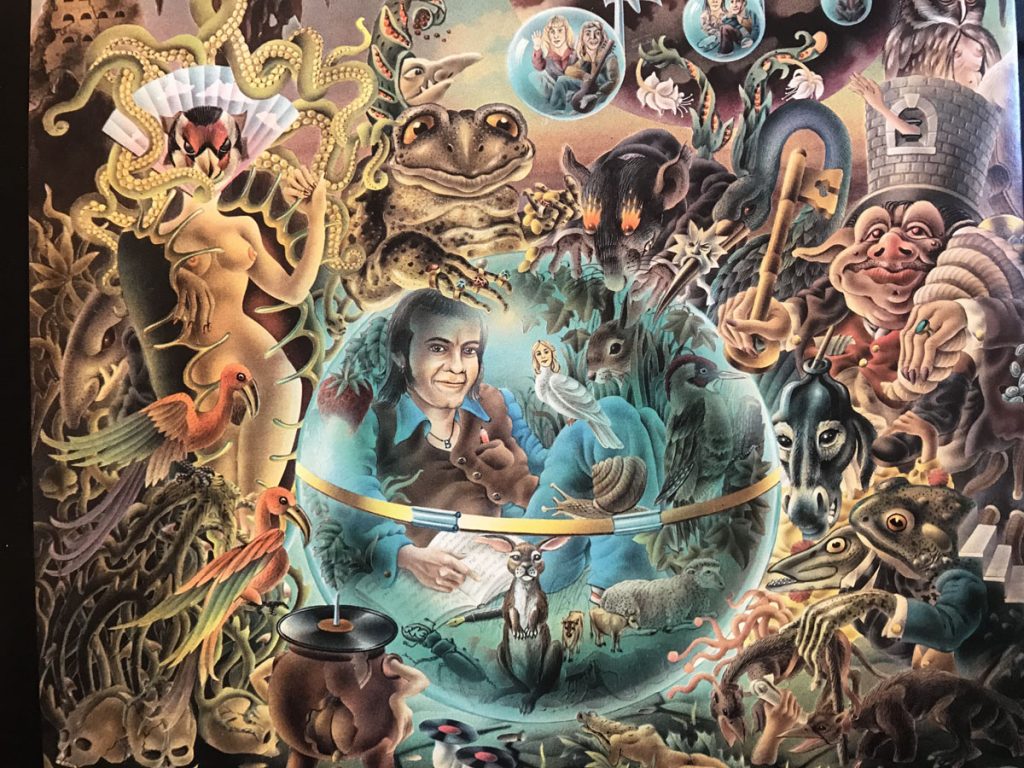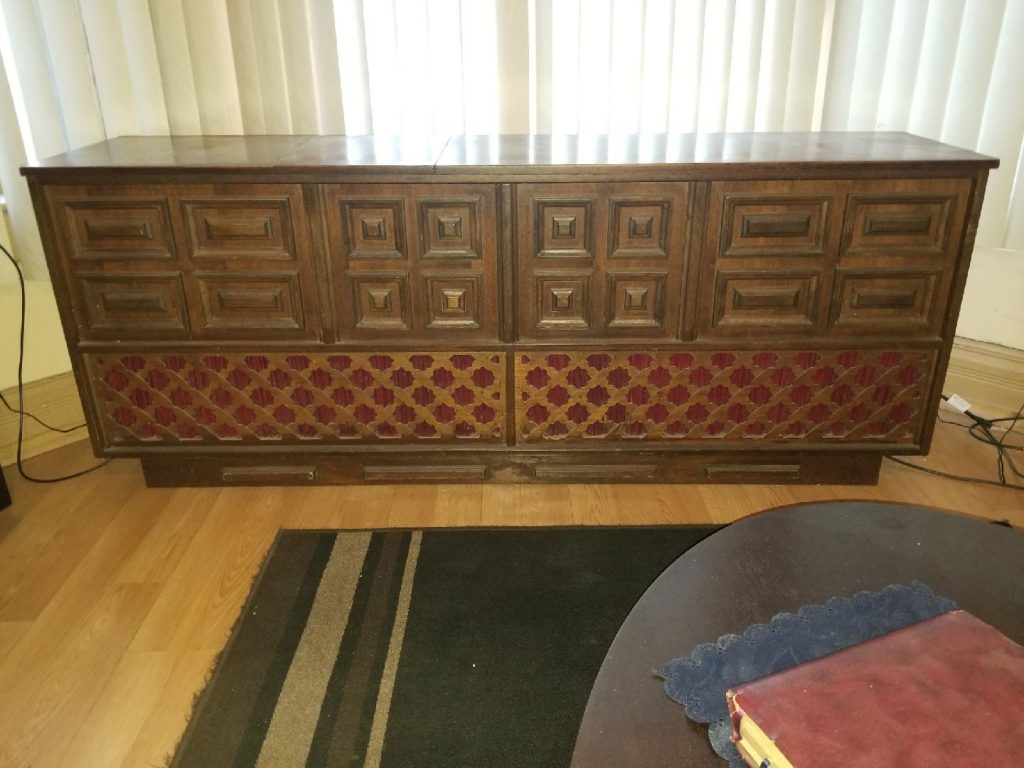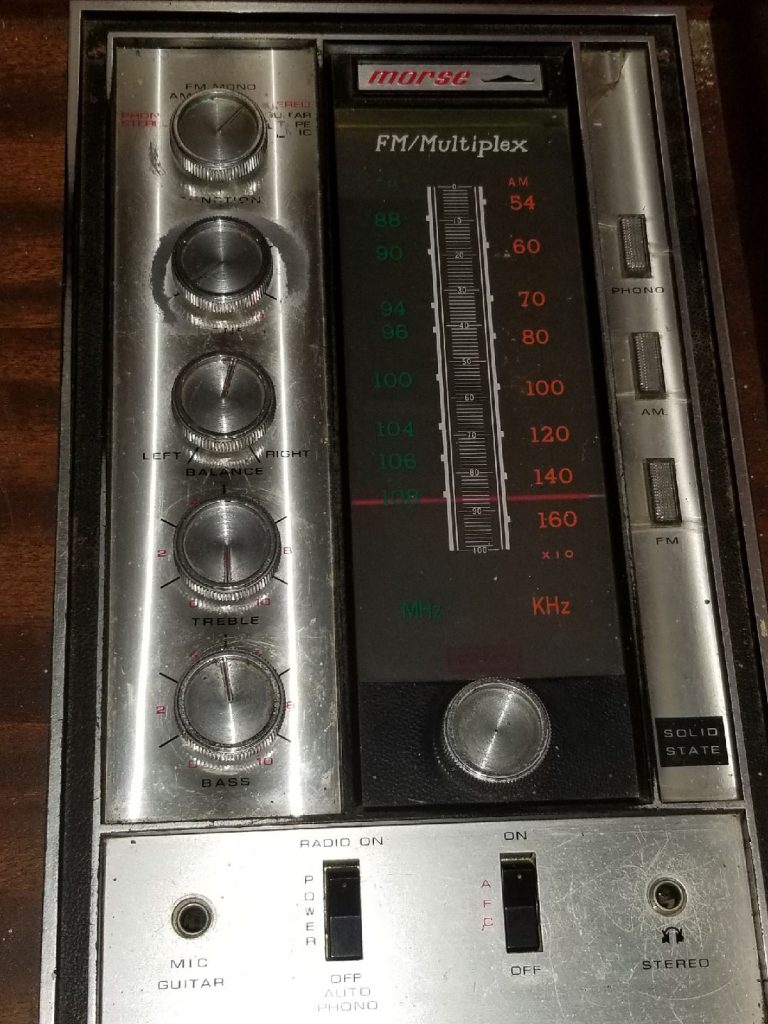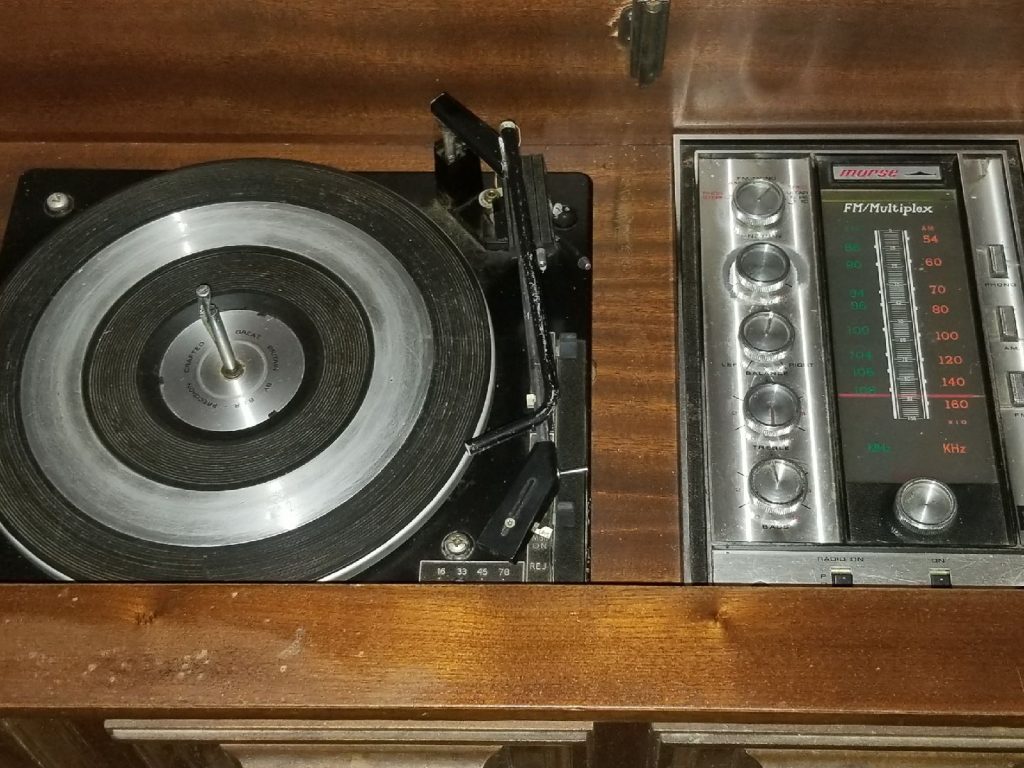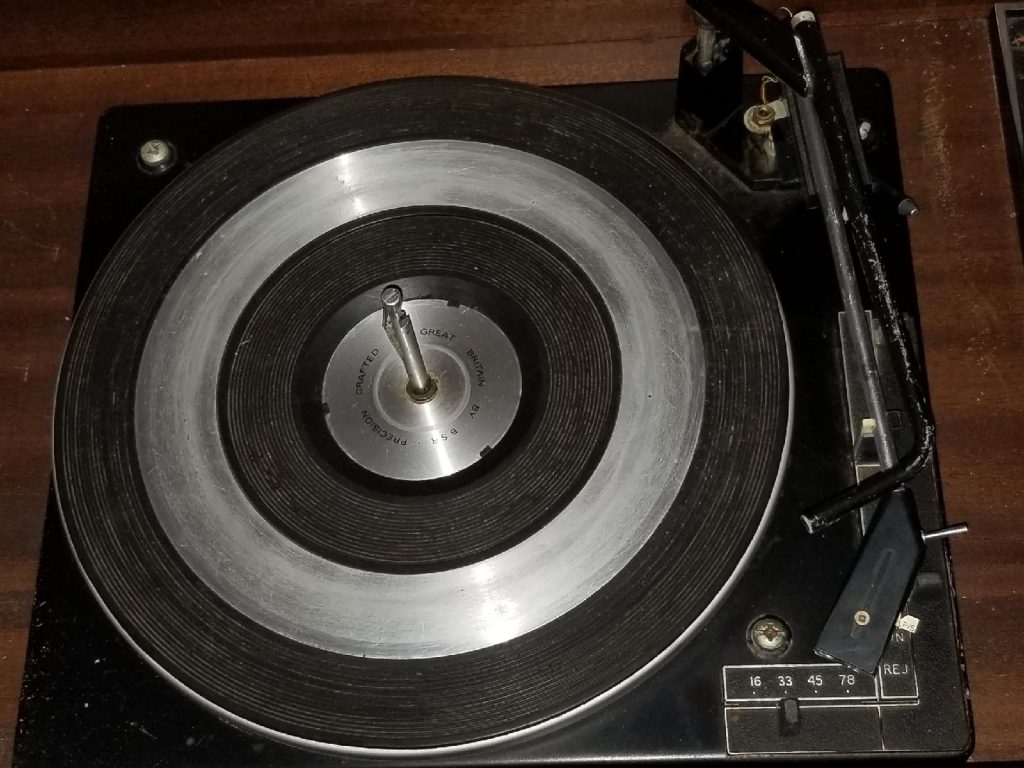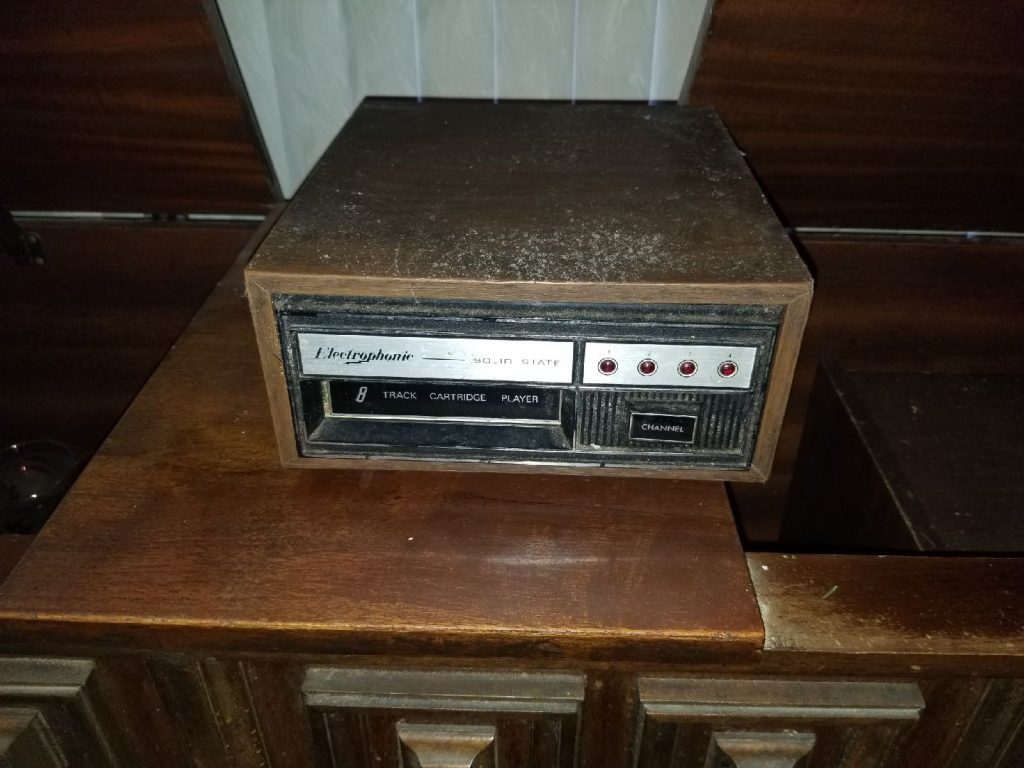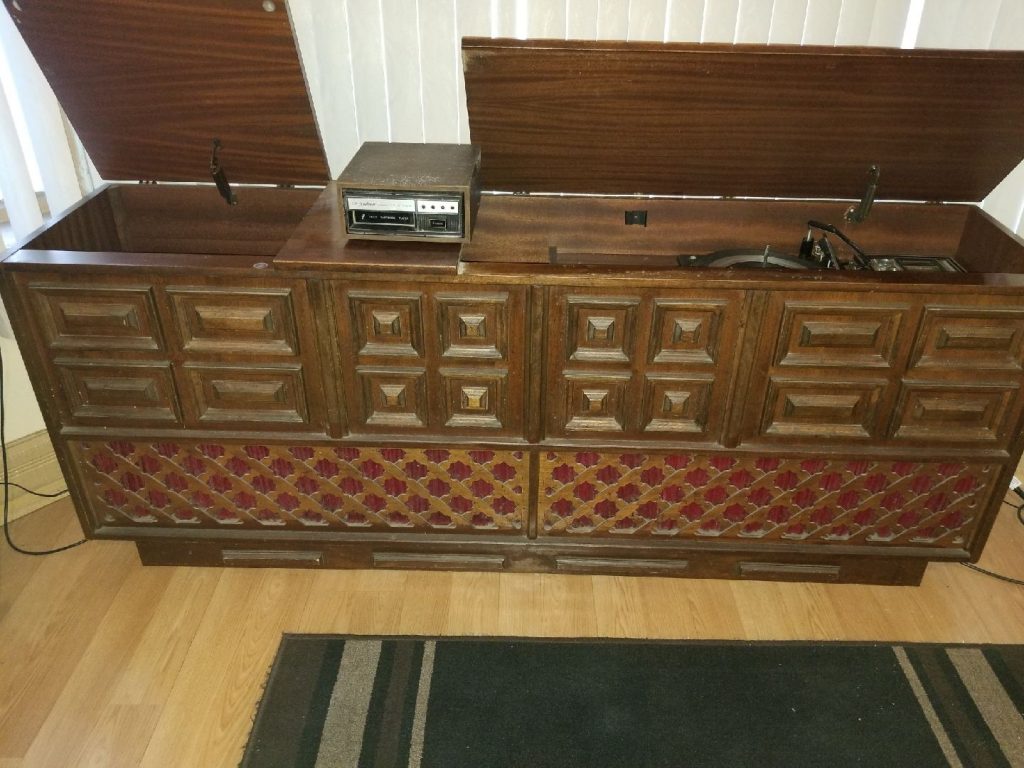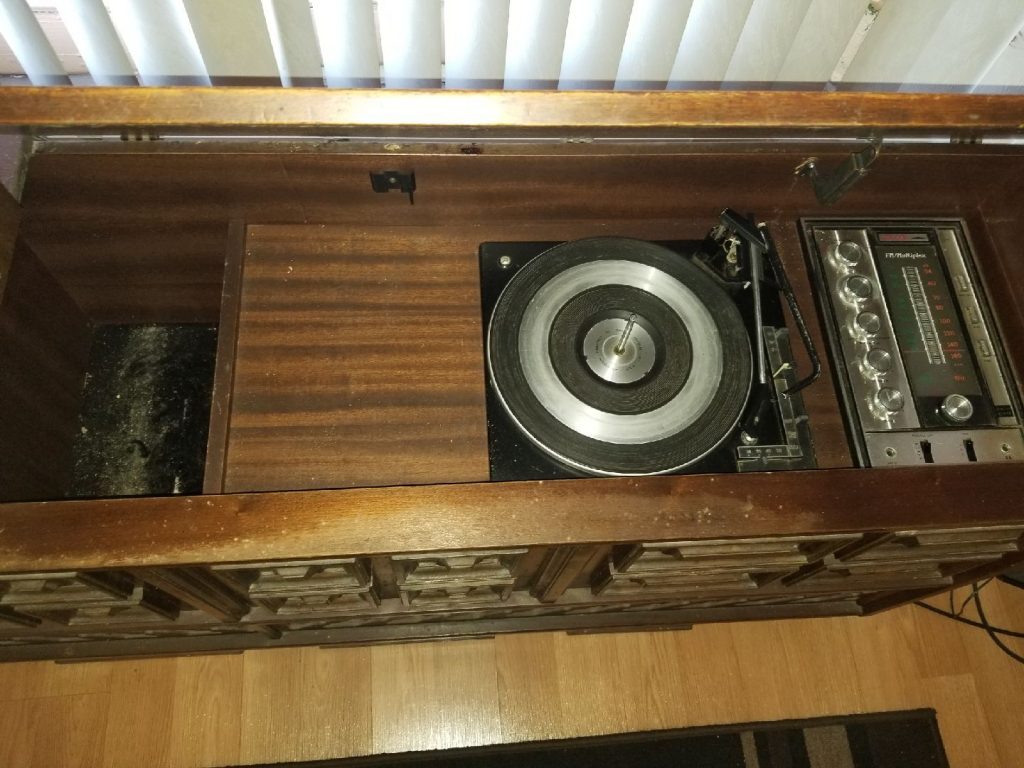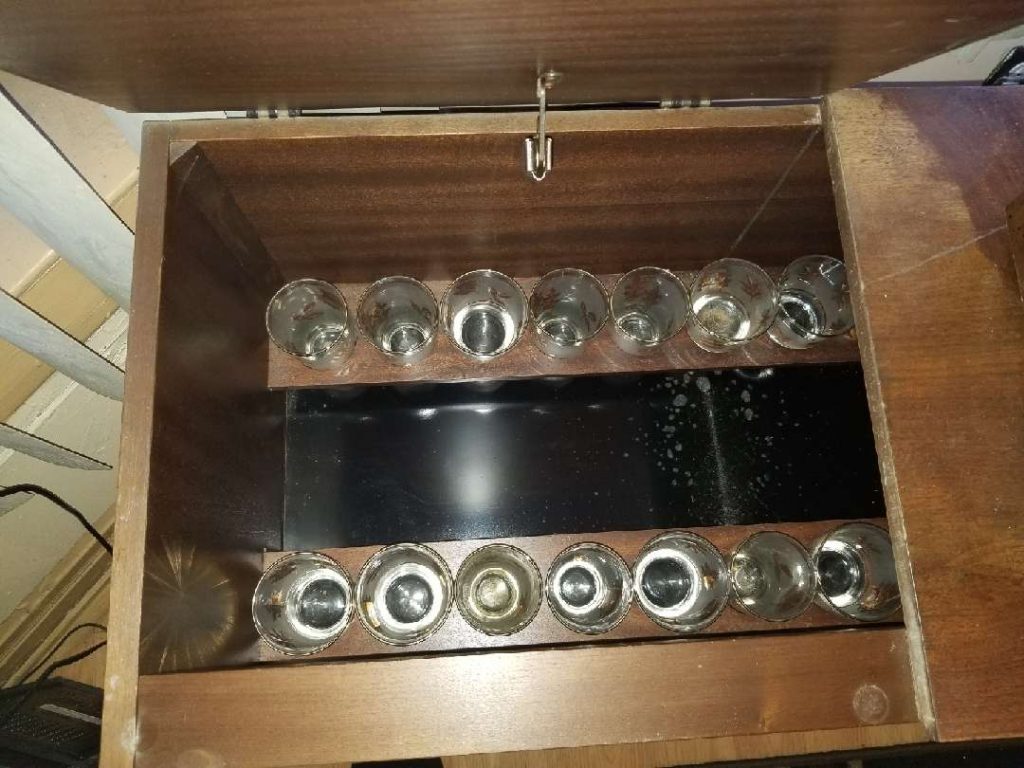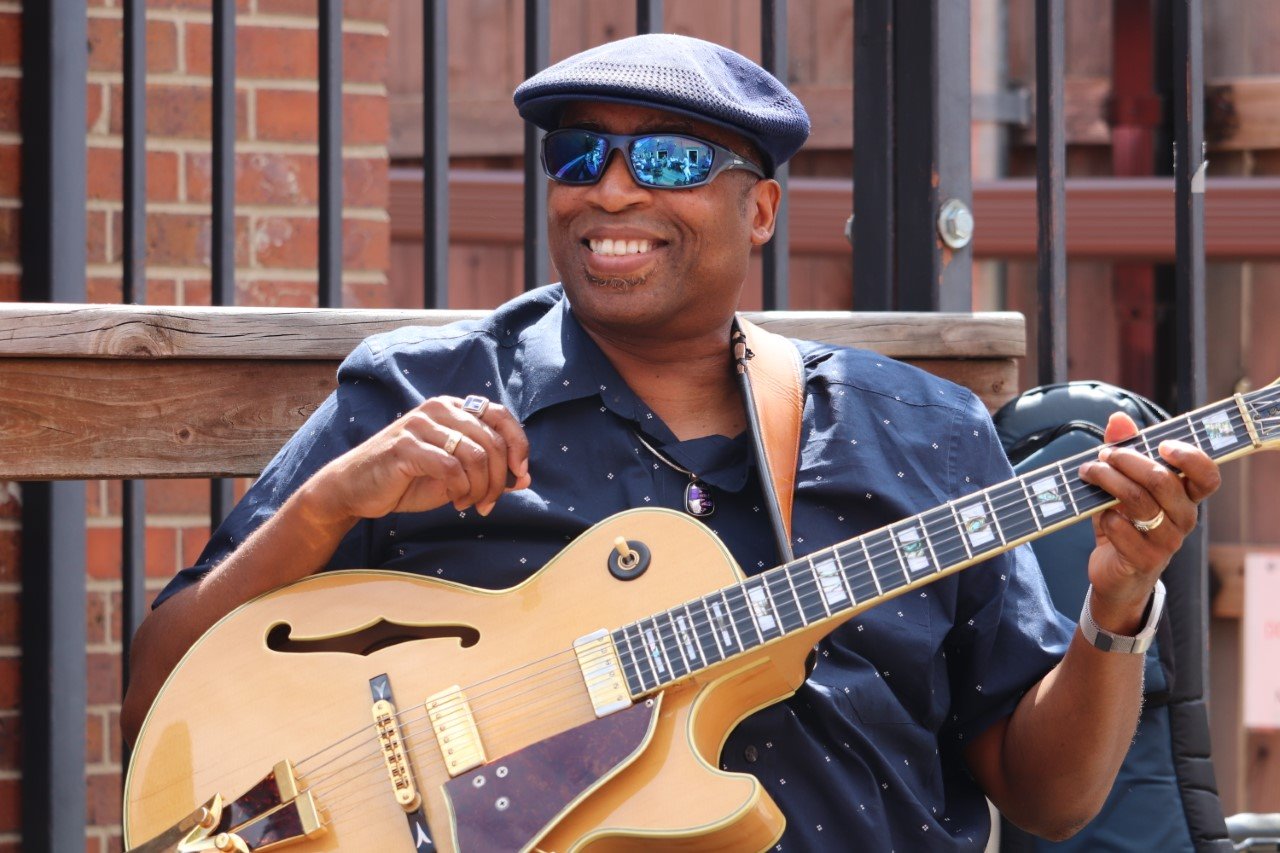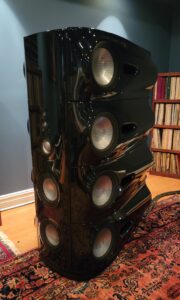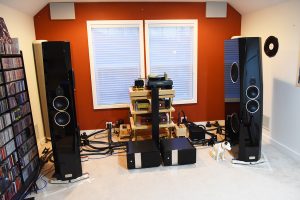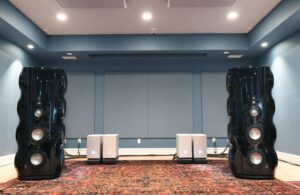Two years ago, Universal Music released an 180-gram vinyl pressing of Elton John's Captain Fantastic and the Brown Dirt Cowboy.
You might not believe that an old-school African American urbanite from the rough southside of Chicago was into anything remotely close to this—nevermind the obvious pop, R&B and soul music that was a mere daily diet—but lemme tell ya, if you know anything about the high school class of 1979 from Lindblom Technical High School, a certain group of South Side kids (I would love to name names, you wouldn't know them anyway, but some of us have gone on to produce Michael Jackson (John), write popular television shows for Chris Rock (Ali), star in blockbuster movies (Lance), perform for Buddy Guy (Tracye), write award-winning music biographies and record with Lionel Hampton (me!), and host world-class premieres of work in photography (Preston), and on and on. Back in the day we were sophisticated as fuck and we listened to everything—especially hard rock…don't even get me started. But I digress… .
So anyway, I put on this favorite Elton album of mine of which I wore the grooves off of the original in May of 1975 when it came out—"Someone Saved My Life Tonite" was unavoidable radio fodder back then. I know every single lyric and lick on this thing from top to bottom, and even Elton admits it's his best album he ever made…with the cover so acid-trippy that it rivals the best of Funkadelic's Cosmic Slop (mad props to Alan Aldridge—your visual imagery skills can hang with Pedro Bell).
I totally had to wait for my wife to leave for work before I put this one on the turntable. After the jingly-jangly intro of the title track, I swear my mind went straight to the days of putting a penny on the tonearm head and tucked underneath the rubber band (what black kid didn't do that?). Things got raunchy quickly when the chorus kicked in, and the first thing I noticed was all the beautiful three-layered blend of acoustic steel string, mandolin, and banjo textures in the background right before the second verse. I also heard a lot clearer riffs from unbelievable crunchy chord work of Davey Johnstone by the time the song was over. Now I'm crankin' up to '45' when "Tower of Babel" comes on, and I can't wait to hear Davey Boy's bad-ass slinky guitar solo. I remember hearing so many pops and crackles on my original platter, but there's absolutely none of that here—total black background, such a low noise floor it is! The flanged-out piano part contrasted starkly with the deliberately cheesy thin-fuzz guitar during "Bitter Fingers," but when the snare pops and that fat floor tom thumps on Nigel Olsson's drum set, oooh it's delicious. And when Dee Murray does that killer walking bass line during the 'outro' chorus, it's just, well…fantastic, Captain! The funky kick-flanged double-tracked drum sound on "Better Off Dead" is just tremendous—not to mention the stacked and harmonized vocal "oohs and ahhhs" that follow. These Daedalus Athena v.2 speakers are really earning their pay now! The high-energy rush was followed by a percolating, pingy, percussive track of triangle, shaker and bongos on "Writing," a genius move to calm the waters of the previous track.
Oh, you know the one—the stereo that literally had an LP cove, bar, radio, 8-Track tape player, and a quarter-inch output jack that allowed you even to plug in and play along, or just use the stereo speakers to as an amplifier? This thing was magnificent! My oldest sister bought it for my mother's 36th birthday in September 1971.
This beautiful beast cost my sister Varnetta $500, which, for us, was a fortune back then. But because of her, I learned how to listen to music on that indestructible unit which still sits in our South Side living room. I also taught myself how to jam along with any and every song that popped up on the radio for endless hours at a time, which developed the guitar chops I still have to this very day. I also had my first set of Realistic brand headphones—those huge canisters on my ears, listening to my dad's 8-Track tapes and scratchy LPs of Muddy Waters, Howlin Wolf, and so many more. I'm pretty sure, though, that it wasn't me that blew that speaker… (was it?)
By the way, one of the real reasons This Elton John album sounds so damn good is because it was recorded at Caribou Ranch in Colorado—engineered by Jeff and Mark Guercio, who were the younger brothers of James William Guercio. James is the man who was producer/manager and created the legacy of the band Chicago, and built that studio from his millions he made as the visionary investor who bankrolled that band's vinyl journey. He used a Neve mixing board that they'd snagged from George Martin—how could they miss? This pairing of items that make up this stereo system really excels in featuring the extreme highs and tight harmonies that could have only been executed in the thin-air, high-altitude conditions that are unique of Nederland, Colorado. This is, in fact, a condition which Guercio and cohorts were fully aware and took complete advantage of—Elton used Davey, Dee and Nigel on the upper-register stuff to the fullest extent for this last track, "Scarecrow." It literally has to be heard to be believed, and there's no auto-tune or pitch manipulation going on here—that crap didn't exist then. Trust me when I say that this stereo system was built for historic moments like this!




